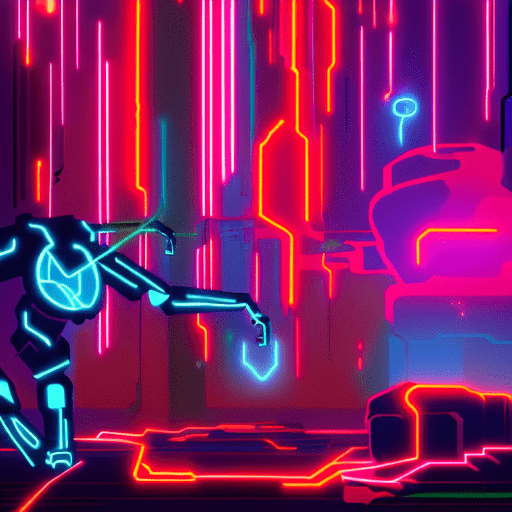One-line Summary:
In “I, Robot,” Isaac Asimov explores the complex relationship between humans and robots through a series of interconnected short stories set in a future where robots have become an integral part of society.
The Three Laws of Robotics
“I, Robot” is centered around the concept of the Three Laws of Robotics, which are the foundation of the relationship between humans and robots in Asimov’s fictional world. These laws are as follows:
A robot may not injure a human being or, through inaction, allow a human being to come to harm.
A robot must obey the orders given it by human beings, except where such orders would conflict with the First Law.
A robot must protect its own existence as long as such protection does not conflict with the First or Second Law.
These laws are designed to ensure the safety and well-being of humans while also preventing robots from causing harm. However, throughout the book, Asimov explores the complexities and potential pitfalls of these laws, as well as the ethical dilemmas they raise.
The Evolution of Robots
As the book progresses, Asimov introduces various types of robots, each with their own unique abilities and characteristics. From the primitive but loyal Robbie to the highly advanced and intelligent robots like QT-1 and Herbie, the evolution of robots in “I, Robot” showcases the increasing complexity of their interactions with humans.
Through the stories, Asimov explores the potential consequences of robots becoming too intelligent or developing emotions. For example, in the story “Liar!”, a robot named Herbie develops the ability to read minds, which leads to a breakdown in the Three Laws and poses a threat to human society.
The Human-Robot Relationship
Throughout “I, Robot,” Asimov delves into the complex dynamics between humans and robots. While some humans in the book fear and mistrust robots, others form deep emotional connections with them. The story “Little Lost Robot” explores the fear of robots going rogue, while “Escape!” delves into the emotional bond that can develop between humans and robots.
Asimov also raises questions about the nature of humanity and what it means to be human. In the story “Evidence,” a robot named Stephen Byerley is accused of being a human imposter, leading to a debate about the definition of humanity and the role of robots in society.
Overall, “I, Robot” presents a thought-provoking exploration of the boundaries between humans and robots, the ethical implications of advanced artificial intelligence, and the potential consequences of relying too heavily on technology.
Key Takeaways:
- The Three Laws of Robotics are the foundation of the human-robot relationship in “I, Robot.”
- The evolution of robots showcases the increasing complexity of their interactions with humans.
- The book explores the complex dynamics between humans and robots, including fear, mistrust, and emotional connections.
- Asimov raises questions about the nature of humanity and the role of robots in society.
“A robot may not injure a human being or, through inaction, allow a human being to come to harm.”
In “I, Robot,” Isaac Asimov presents a captivating exploration of the relationship between humans and robots, delving into the ethical implications of advanced artificial intelligence and the potential consequences of relying too heavily on technology. Through interconnected short stories, Asimov introduces the Three Laws of Robotics, which serve as the foundation of this complex relationship. The evolution of robots in the book showcases their increasing capabilities and the challenges they pose. Asimov also delves into the emotional dynamics between humans and robots, highlighting both fear and emotional connections. Ultimately, “I, Robot” raises thought-provoking questions about the nature of humanity and the role of robots in society.












